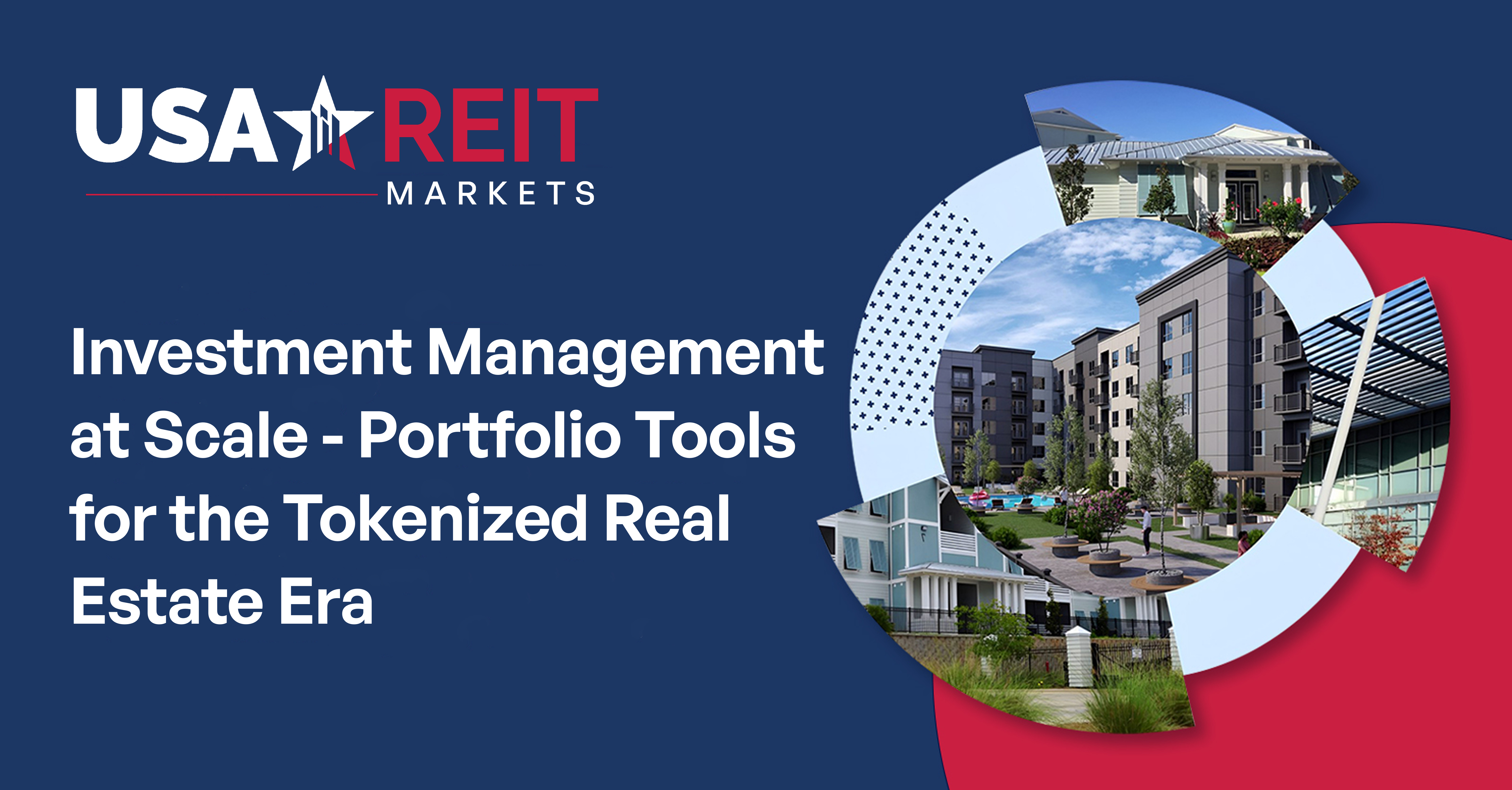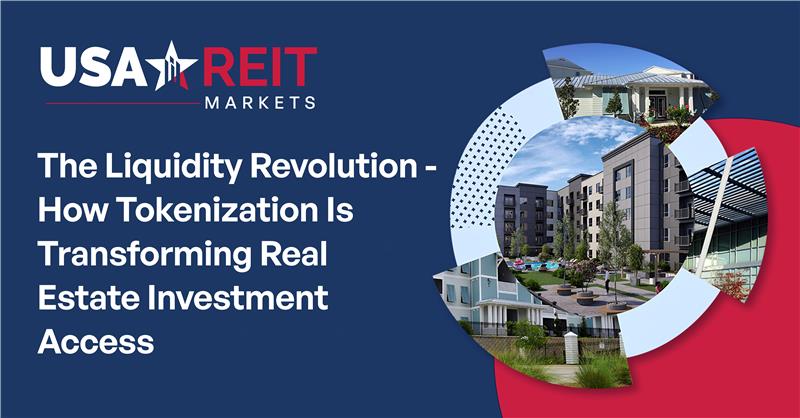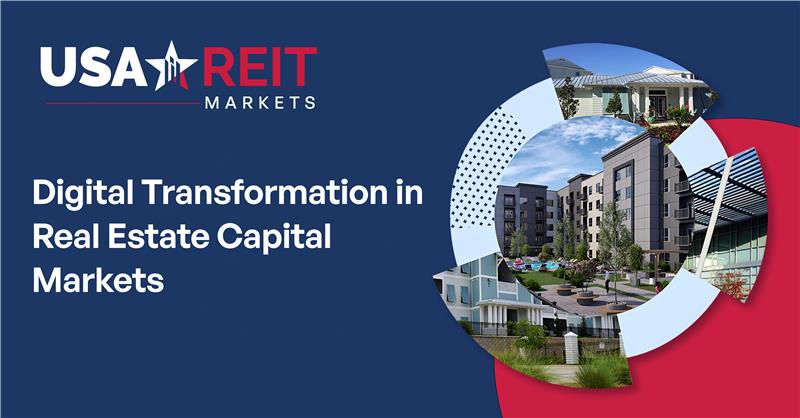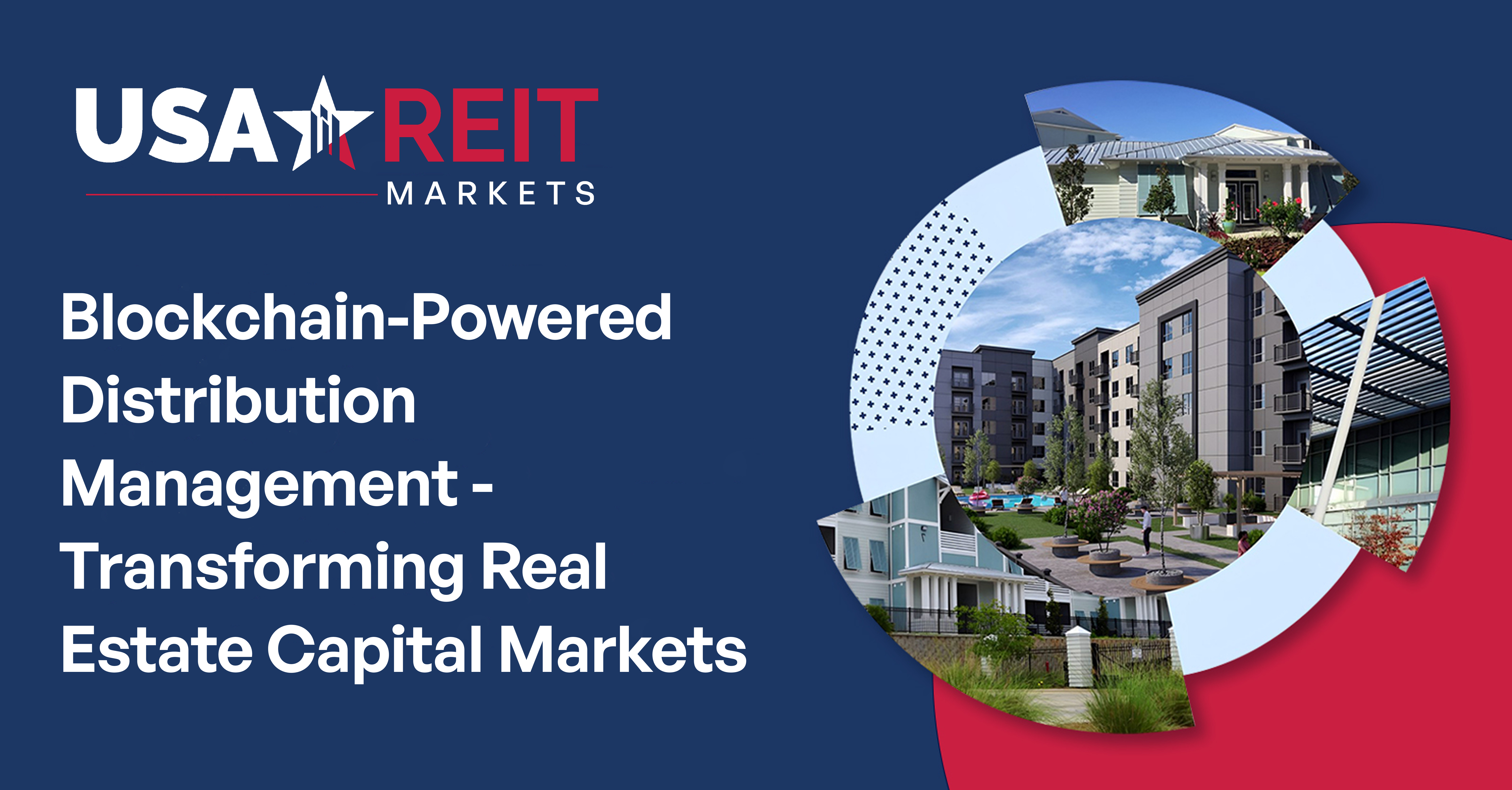Analyzing the Post-Trump Commercial Real Estate Boom and Bust Cycles

The commercial real estate landscape in the United States has undergone significant shifts in recent years, shaped by policy changes, economic fluctuations, and market dynamics. Following the Trump administration’s economic reforms and their subsequent effects, investors have experienced both booms and busts in the commercial real estate sector. Understanding these cycles is essential for making informed investment decisions and navigating future trends.
The Boom: Factors Driving Growth
The post-Trump era saw a surge in commercial real estate investments, fueled by policies aimed at reducing taxes and promoting business growth. Key drivers of this boom included:
-
Tax Reforms: The Tax Cuts and Jobs Act of 2017 provided significant tax benefits, encouraging both domestic and foreign investments in commercial properties.
-
Opportunity Zones: The introduction of Opportunity Zones attracted capital to underserved areas, boosting demand for commercial spaces.
-
Economic Growth: Record-low unemployment and corporate growth fueled the need for office, industrial, and retail spaces.
-
E-commerce Expansion: The rise of e-commerce accelerated the demand for logistics and warehouse properties, particularly in key metropolitan areas.
The Bust: Challenges in the Post-Boom Era
Despite the initial growth, the commercial real estate market also experienced bust cycles, driven by various challenges:
-
Interest Rate Hikes: The Federal Reserve’s tightening monetary policies increased borrowing costs, impacting investor returns.
-
COVID-19 Pandemic: The pandemic disrupted retail and office sectors, leading to vacancies and declining property values.
-
Shift to Remote Work: Changes in work patterns reduced the demand for traditional office spaces, forcing a reevaluation of commercial property usage.
-
Inflation and Supply Chain Issues: Rising costs of materials and labor have strained new developments, while supply chain disruptions have delayed projects.
Lessons Learned from the Cycles
Navigating the boom and bust cycles requires a strategic and adaptable approach. Key takeaways for investors include:
-
Diversification: Spreading investments across different property types and geographic regions can mitigate risks.
-
Market Analysis: Staying informed about economic policies and market trends is essential for identifying opportunities and challenges early.
-
Focus on Resilient Sectors: Industrial, logistics, and multifamily properties have shown resilience during economic downturns, making them strong long-term investments.
-
Leverage Technology: Utilizing data analytics and PropTech tools can enhance decision-making and operational efficiency.
Emerging Opportunities
The post-Trump commercial real estate market continues to evolve, offering new growth opportunities:
Adaptive Reuse Projects: Converting vacant retail or office spaces into residential or mixed-use developments can address shifting demand.
Green Investments: ESG-compliant properties are gaining traction as tenants and investors prioritize sustainability.
Secondary and Tertiary Markets: Cities with strong population growth and lower costs of living are emerging as attractive investment destinations.
Position your portfolio for success by leveraging insights and opportunities in the evolving commercial real estate market. Partner with USA REIT to capitalize on emerging trends and secure your future.
Latest Articles





